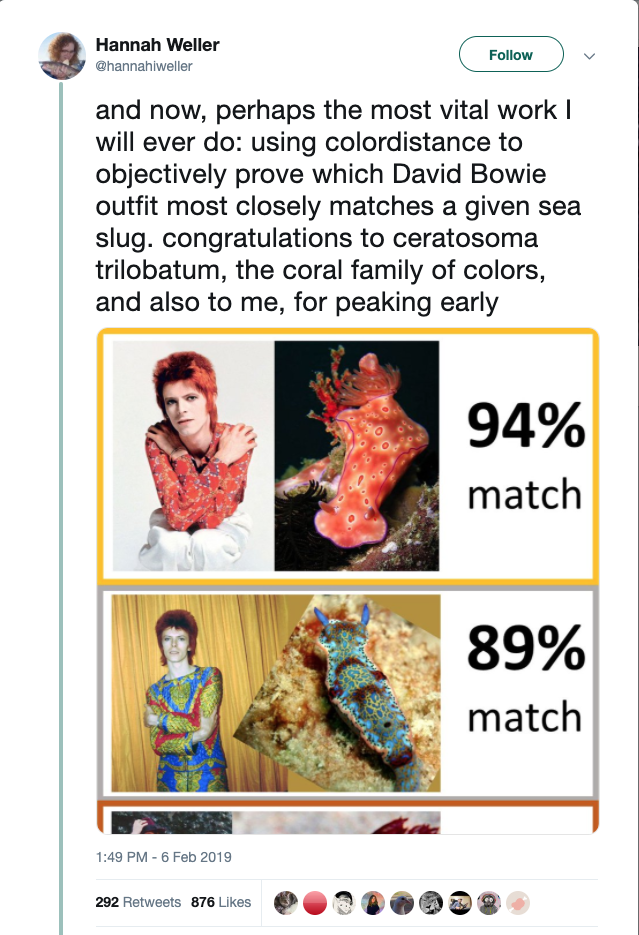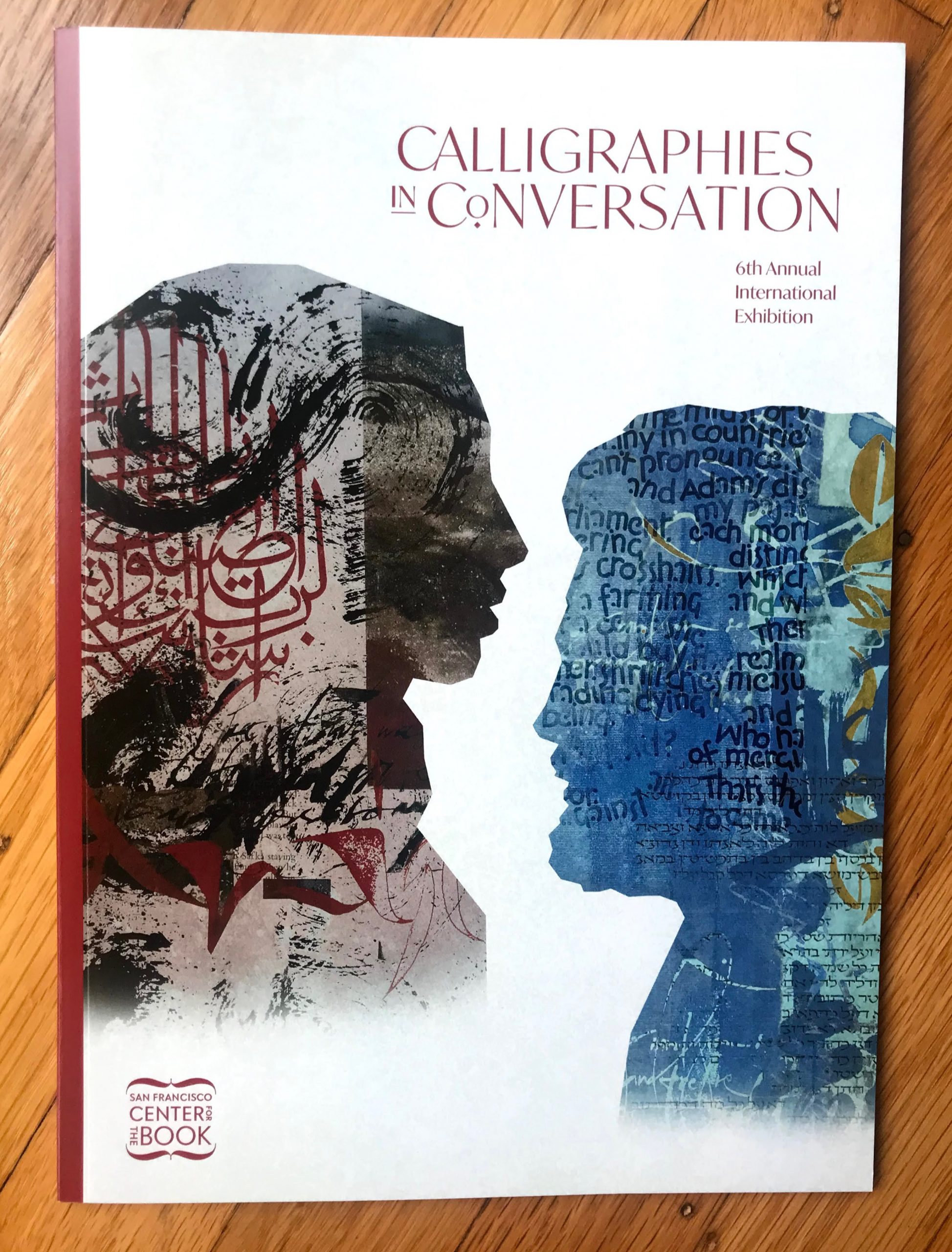I am some combination of tired and emotionally vulnerable, because I surprised myself by really liking the Google Juneteenth video doodle. I mean, what are the odds?
News: Happy Loving Day!
Yes, inter-racial marriage used to be illegal in many parts of the USA. Until 1967. Which is SUPER RECENTLY.
Hooray for Loving v. Virginia!
Loving Day
Loving Day is an annual celebration held on June 12, the anniversary of the 1967 United States Supreme Court decision Loving v. Virginia which struck down all anti-miscegenation laws remaining in sixteen U.S. states. In the United States, anti-miscegenation laws were U.S.
From the Wikipedia Article, above:
My generation was bitterly divided over something that should have been so clear and right. The majority believed that what the judge said, that it was God’s plan to keep people apart, and that government should discriminate against people in love. But I have lived long enough now to see big changes. The older generation’s fears and prejudices have given way, and today’s young people realize that if someone loves someone they have a right to marry.
Surrounded as I am now by wonderful children and grandchildren, not a day goes by that I don’t think of Richard and our love, our right to marry, and how much it meant to me to have that freedom to marry the person precious to me, even if others thought he was the “wrong kind of person” for me to marry. I believe all Americans, no matter their race, no matter their sex, no matter their sexual orientation, should have that same freedom to marry. Government has no business imposing some people’s religious beliefs over others. Especially if it denies people’s civil rights.
I am still not a political person, but I am proud that Richard’s and my name is on a court case that can help reinforce the love, the commitment, the fairness, and the family that so many people, black or white, young or old, gay or straight seek in life. I support the freedom to marry for all. That’s what Loving, and loving, are all about.
-Mildred Loving, June 2007, on the 40th anniversary of the Supreme Court’s decision in Loving v. Virginia
Film: Kickstarter: Inside Scofield by Joerg Steineck
My filmmaker friend in Berlin has launched a Kickstarter to support editing this new documentary on Jazz Legend John Scofield. Go throw money at him!
INSIDE SCOFIELD
Joerg Steineck is raising funds for INSIDE SCOFIELD on Kickstarter! A film about master guitarist and jazz legend JOHN SCOFIELD.
Film: Beyond the Visible: Hilma af Klint by Halina Dyrschka

I love ART. I especially love ABSTRACT art. Enough to make it in several media! Creating abstract drawings and paintings is liberating sometimes, and a refreshing change from representational drawing or photography, but a lot of it is mental work intended to… solve a conceptual problem. It’s not easy to explain: it is representing something, just not something material.
I’ve loved going to museums, and seeing a grid of pastel colors, and thinking, “YES! This artist was working on the same issue I was working on last month, and s/he solved it a different way! That is fantastic!”
The film Beyond the Visible: Hilma af Klint from Zeitgeist films is like a delightful visit to a museum, with lots of pleasant, knowledgeable, passionate friends along for the ride.
It’s well paced! The art is amazing! The representational early work by the artist is gorgeous, too! But the abstracts are just fantastic – the colors! The scale! The patterns! It’s the best field trip I’ve been on in ages.
Beyond the Visible: Hilma af Klint – Roxie Cinema
Hilma af Klint was an abstract artist before the term existed, a visionary, trailblazing figure who, inspired by spiritualism, modern science, and the riches of the natural world around her, began in 1906 to reel out a series of huge, colorful, sensual, strange works without precedent in painting.
While my dear Roxie Theater is closed due to the COVID-19 outbreak, The Kino Now link above allows me to watch the films they would be screening at home, and have part of the ticket price go to them. (Other indie theaters are available to support, too!) Go visit!
Science/Culture: Enthusiasm for both David Bowie and Nudibranchs
Tumblr is a site famous for sites/pages dedicated to a single topic, with great enthusiasm. A friend shared this link, in which a fan of David Bowie and the glamorous nudibranchs (which are soft, festive molluscs), found a way to match particular outfits of Bowie’s with a corresponding nudibranch. (And here I’ve just been using software to identify wildflowers!)
I find the site adorable. The author, Hannah Weller, is obtaining appropriate source credits for the images, which is always a good thing!
Bowiebranchia
Pantone predicted this. and now, perhaps the most vital work I will ever do: using colordistance to objectively prove which David Bowie outfit most closely matches a given sea slug.

She is a marine biologist, and of course you can follow her on Twitter.
Hannah Weller
The latest Tweets from Hannah Weller (@hannahiweller). 🐠 PhD candidate @elbrainerd lab, studying how behavior ↔️ morphology by way of mouthbrooding fishes🐟 image processing enthusiast 🤖 ginger nut 🍪. Providence, RI
Mood: Graffiti edition of a My Little Pony
I’m still reading Olafur Eliasson In Real Life, which is fantastic through and through, and got to his interview with Fab 5 Freddy (Fred Brathwaite).
F5F reveals how it was German TV (!!) that gave him the start up money for his street culture film, Wild Style (1982); OE reveals that he was a breakdancer with a crew in the Netherlands, who took the crew to see the film in Copenhagen, and the crowd went wild; F5F is talking about how moving it is to see kids around the world still influenced by this movement in art and culture… They are each giddy to be discussing these topics, and the giddiness is contagious.
Oh, F5F is/was a painter!
OE refers to 80s era early rap as “electric boogie,” and I burst out laughing each time.
(Aside: Wild Style features rappers wearing v-neck sweaters. Because: the 80s. )
Advocacy: Algorithmic Justice League
After reading about all of the biases that can be introduced into AI systems which can have life-and-death influences on real humans in real life, I remembered reading a GREAT interview with the founder of the Algorithmic Justice League, who is helping people understand, and hopefully avoid, the dangers of blindly trusting software that may have profound flaws.
Prevent incorrectly trained software from mathwashing bad ideas!
AJL’s website is worth a visit:
On how I read
It is a foggy day, and I am filled with French press coffee, vegan sandwiches, birdsong (without automobile traffic, you can hear the birds!), and things I want to research that I’m either reading about, or that came up while reading about something else.
Reading is a rabbit hole with many tunnels.
I’m writing out reviews about books I enjoy(ed) here, because writing about them is part of my ‘processing.’ Conveying feelings and thoughts in language requires a lot of translation, and that translation teaches me things. If I really enjoy something, I should be able to describe it concisely and well in words, and choosing the right words thoughtfully can take some time. (For example, it wouldn’t be enough to say that the protagonists of William Gibson’s recent fiction are “cool,” because that doesn’t convey what I mean: I mean that they are capable, curious, observant, cool-headed, and have some special niche expertise that they enjoy. I admire people like that, and want to be like that. “Cool” wouldn’t cover it. )
While I am writing reviews of recently read books in a linear fashion, I’m also various stages of reading other books. In my youth, I would force myself to finish each book (whether or not I was enjoying it) before I could go onto the next; but now I drop any I’m not in the mood for (I have so little time – why spend it on a book that isn’t working for me?), and to jump in and out of longer books, based on where they are taking me. Truly stimulating books send me on research projects or reveries that take me a while to return from!
I am in various stages of reading:
- The Power by Naomi Alderman (fiction, about women being able to generate electricity and defend themselves – fun and a real page-turner!),
- Appreciate Your Life: The Essence of Zen Practice by Taizan Maezumi Roshi (deep, but likely to inspire reverie about the meaning of life, which distracts from reading),
- My Seditious Heart: Collected Nonfiction by Arundhati Roy (1000 pages including the extensive footnotes! I had to stop to recover from the pain of reading about injustices done to various minority groups in India by more politically dominant groups, especially “development” programs that make minorities landless while enriching the majority),
- The Second Sex by Simone de Beauvoir, translated by Constance Borde and Sheila Malovany-Chevallier (I’d read the earlier translation, but this one is much better – the only catch is that I keep using up all my book flags, pad after pad of them, because there are SO MANY CONCEPTS I want to revisit…),
- You Look Like a Thing And I Love You: How Artificial Intelligence Works and Why It’s Making the World a Weirder Place by Janelle Shane (I started this last night, and was laughing so hard I was nearly in tears from examples of her neural net transitioning from generating death metal band names to naming ice cream flavors – I may finish this today), and
- Olafur Eliasson In Real Life, (which I started this morning), which appeared at first to be a typical catalog of the brilliant show I saw at the Tate Modern last fall, but which is sending me in many directions because it also includes interviews with scientists, artists, chefs, and others, and is becoming more like the best current-topics magazine I’ve ever read.
My reading of the Eliasson book today has made me pause to:
- write for myself about what it means to be a California artist, a San Francisco native, and a product of the optimistic and green international cultural sensibilities of California in my 1970s childhood (Eliasson is a similar age, but clearly Icelandic-Danish in his influences);
- look up artists like Fujiko Nakaya (fog installations!);
- wonder if artists I like have any new work to marvel at (maybe not – Michael Rosenfeld Gallery’s Lou Bontecou Selected Works page doesn’t suggest so, but she could be saving up for a new show),
- admire the design of the catalog (it is beautifully composed and printed; I’ll save the rest of my gushing for the write up);
- remember that I recently read other books I haven’t posted reviews of (oops); and
- try to decide if I should use my photos of Harpa to play with in MirrorLab…
It is FUN to let my mind wander so freely, and to have such stimulating material to read.
Working long hours prevents me from spending more time thinking like this – while I am working, I am VERY dedicated to solving work problems, and sometimes dream about possible solutions, or wake up dwelling on work issues to solve – but a weekend like this is like a brain vacation / day spa / slice of free-thinking heaven.
Book: Calligraphies In Conversation, 6th Annual Exhibition curated by Arash Shirinbab

Calligraphies In Conversation, 6th Annual Exhibition
curated by Arash Shirinbab
published by San Francisco Center for the Book and Ziya Art Center
2019
This is a beautiful, fully illustrated catalog of an exhibit of calligraphic writing from multiple traditions, and it is really gorgeous. Work from fourteen artists shows a lovely stylistic and creative range. I had been expecting Chinese calligraphy for its local (SF Bay Area) popularity and long tradition, plus some western-language calligraphy, and was delighted to see those PLUS work in Urdu, Hebrew, Arabic, and more. My favorite piece is in a Devanagari / Sanskrit script over gorgeous shades of blue – the composition and color are WONDERFUL.
This is a beautiful and inspiring catalog.
The Onion: Deepwater Horizon Anniversary


